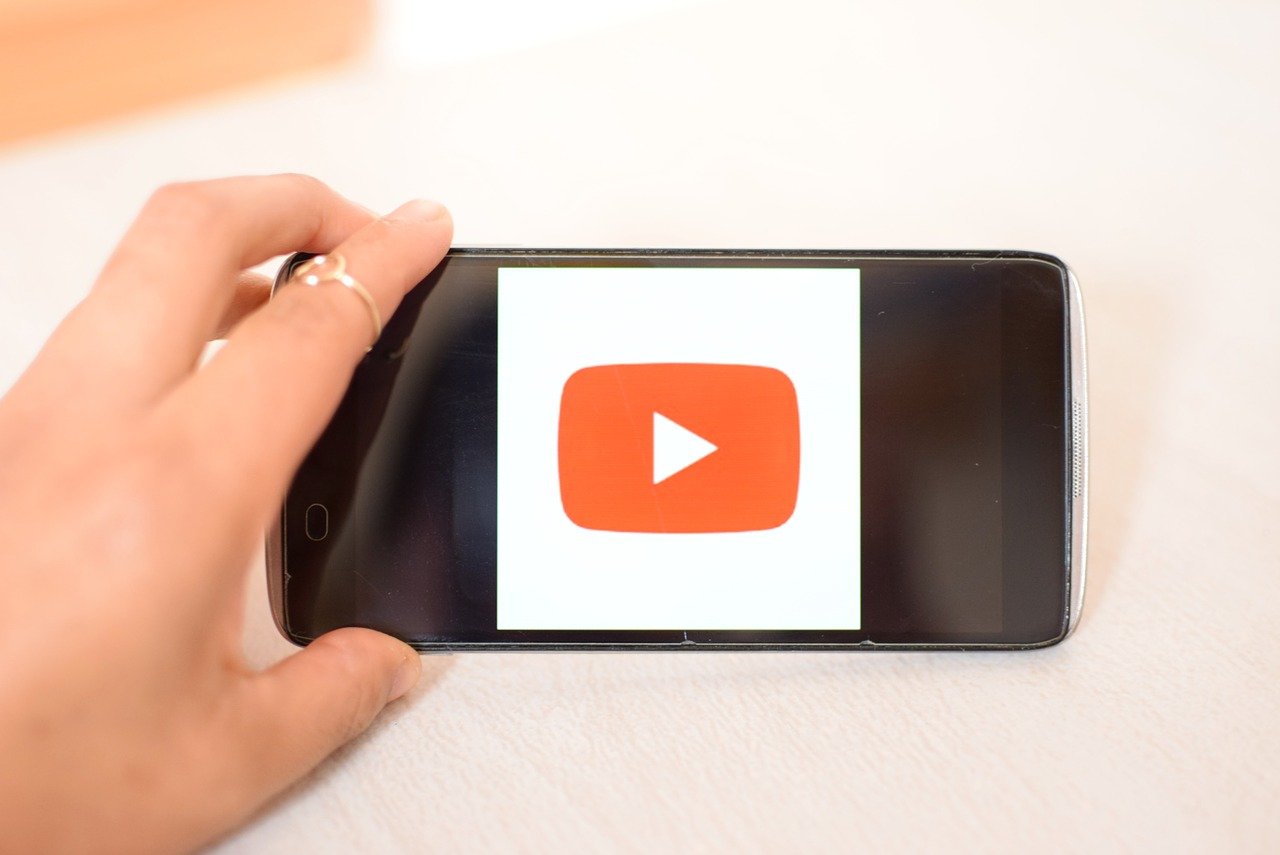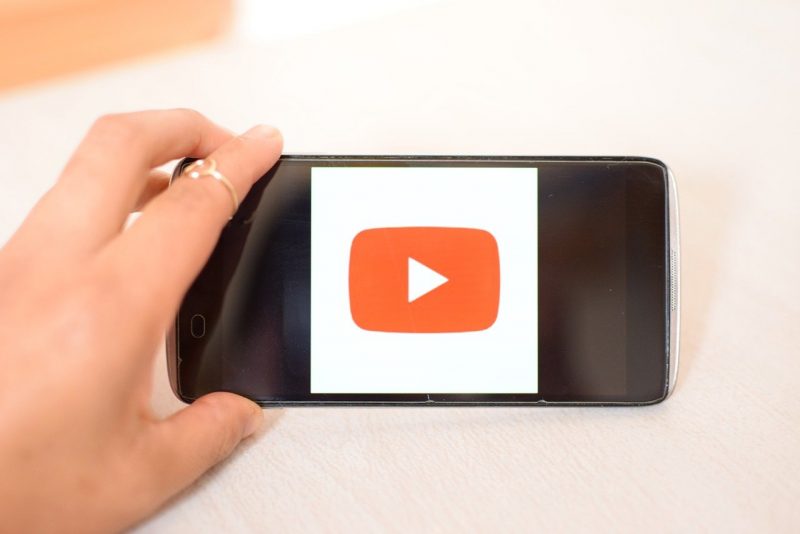YouTube has decided to privatize the dislike counter


It was announced a week ago on one of their official channels that YouTube would be privatizing the dislike counter on all videos on their website, from the past and future.
Naturally, the announcement video was flooded with dislikes within a few hours. One week ago, the change went into effect and visible dislikes are no more. Many are up in arms about this change, some couldn’t care less and others think it’s a welcome change. Let’s give this update a closer inspection.
This change wasn’t surprising. It has been well-documented that YouTube has been trying to minimize the impact of the dislike button as much as possible over the last several years. Honestly, what surprised me most about this announcement was they chose not to remove the dislike button completely.
Why has YouTube decided to make this change? Well, it depends who you ask. In their announcement video, the YouTube representative said that the company felt like the dislike function was being mishandled.
They claimed that in investigations they’ve conducted — though evidence of these investigations and ‘results’ have not yet been released — showed that oftentimes the dislike button spawned a mob mentality where a group of like-minded users would dislike a video as a sort of game rather than out of actual distaste for the content.
Typically these mobs, so it is claimed, dislike the creator or their ideologies rather than disliking the video itself, causing many of them to band together and spread negativity. This is what YouTube says. However, others believe that YouTube’s motives may not be sincere.
Many users think that this change was inspired by the huge number of disliked videos that YouTube itself released or was involved with.
Some examples are the YouTube Rewinds, other unpopular site change announcement videos, or perhaps one specific video from earlier this year in which the CEO of YouTube, Susan Wojcicki accepted a freedom of speech award which was bombarded by angry users.
There are others who feel that this move was meant to appeal to advertisers so that when they make a bad advertisement, their public image doesn’t take as much of a hit.
At the time of my writing this article both the like and dislike buttons exist, however, while the like total is viewable by all, the total amount of dislikes is only viewable to the video creator.
While this is a big change, it’s far from groundbreaking, and that’s part of the problem. Channels already had the option to privatize their like/dislike counter and have been doing so for a while.
Additionally, removing the dislike counter doesn’t mean people aren’t going to find other ways to voice their disapproval.
With no dislike counter, viewers will post in the comments of a video ‘Use this comment as the dislike button’ and that comment will just get repeatedly liked. With this obvious workaround, I don’t see why YouTube didn’t just make hiding dislikes specifically an optional feature (before, you either had to hide all ratings or none of them).
Many have pointed out one point of hypocrisy in the update video. The video claims that the privatization of the dislike button is so that YouTube can follow one of its mission statements of “giving everyone a voice.”
Ironically, the dislike button served as one of the most accessible ways to let your voice be heard on the platform.
It may be possible that there are large coordinated conspiratorial dislike attacks that are unwarranted, but (as YouTubers like EmpLemon pointed out prior to the change) isn’t it more likely that the people disliking, actually dislike the video?
Dislikes typically accomplish two things; firstly and most obviously they harm the ego of the video creators (which if they know how to take feedback, will lead to better content in the future).
Secondly, harm the YouTube channel’s perception or more pertinent to this discussion, brand perception of our corporate overlords. This is what rubs many the wrong way about this decision. Those who benefit the most from it are advertisers and therefore, YouTube’s bottom line.
Perhaps what is most upsetting about this news is the history we lose as a result. Dislikes are a large part of YouTube’s history, but perhaps no video has suffered a greater fate than the legendary Neutral Response.
The video itself is nothing special, it was posted over 12 years ago and only features a four-second clip from the show Futurama.
In it, a character says “I have no strong feelings one way or the other” followed by background applause. What’s interesting, or what was interesting about the video, was it’s like to dislike ratio.
Humans can achieve truly incredible things when they work together, however, normally the amount of organization required is too much for most to bear.
That’s why it’s so incredible that without any formal organization, for 10 years, random strangers on the internet kept the like to dislike ratio on Neutral Response almost exactly 50/50. At the time of my writing this, the video itself has nearly 11 million views, and close to six-hundred-thousand likes (we can suspect the number of dislikes is around the same).
Silly as it may sound, Neutral Response to me was a beacon and symbol of unity on the internet. Millions of people working together for the sake of a lame joke.
There’s something beautiful about that; something that tells me that there is still some positivity in our increasingly hostile world.
That no longer matters. The historic social experiment of Neutral Response is all over now. On the bright side, nobody will be able to see all the dislikes on the next out-of-touch Pepsi ad featuring Kylie Jenner. If that isn’t a worthy cause, I don’t know what is.

